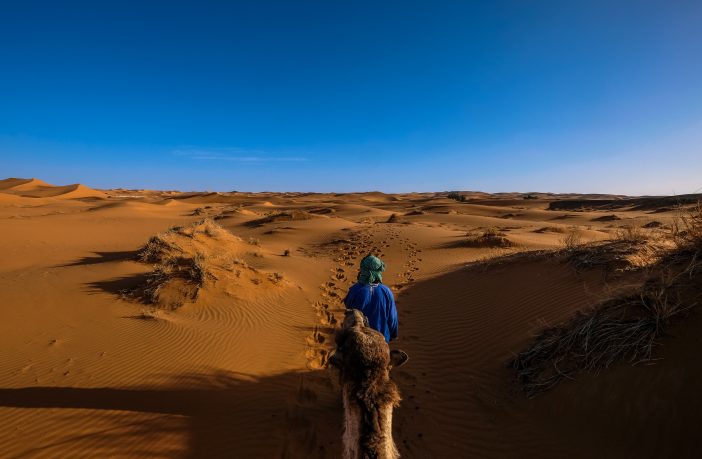- While desert locations are attractive sites for PV installations due to high solar radiation, exposure to harsh climate conditions can significantly reduce the efficiency of the panels.
- One of the common problems is the overheating of solar cells, and the challenge is to find a low-cost, yet efficient cooling technique.
Now researchers from the Mohamed First University and the Green Energy Park in Morocco have investigated and quantified the effect of wind as a natural cooling agent under a hot arid climate. They exposed a 300 W polycrystalline PV module for six months (during the hot period of the year) in Benguerir, mid-south of Morocco, and measured the module’s electrical parameters together with the meteorological data using high-quality sensors.
Their results showed that, even in a hot desert climate, the wind has a positive effect on reducing the PV module temperature, improving electrical production as well as conversion efficiency.
Their data showed that the reduction in module temperature (i.e., the cooling performance) varies from 1.12 °C to 14.48 °C for wind speed going from 1 m/s to 5.8 m/s. This leads to a gain in the power output ranging from 0.12% to 7.18%, and an enhancement in the module’s efficiency from 0.04% to 6.45%.
Specifically, a wind speed increase of 5.8 m/s results in a PV temperature drop of 12 °C, leading to an increase in power production and conversion efficiency by 7.2% and 6.5%, respectively.
Additionally, the study evaluated the impact of wind direction and demonstrated that windward blowing (southerly winds) facing the front surface of the PV panel exhibit a more efficient cooling effect than leeward blowing (northerly winds), resulting in a temperature drop of 13 °C.
They presented their findings in the paper “Experimental Investigation on the Effect of Wind as a Natural Cooling Agent for Photovoltaic Power Plants in Desert Location,” published in Case Studies in Thermal Engineering.
“These results may be important under the pretext that they may provide a good idea for the engineers to better select the hosting site of the PV power plants including wind speed and direction as a criterion, and also to better design the PV power plants in hot arid climates to take advantage from the winds and enhance the profitability and the lifetime of this last,” they concluded.
Author: Marija Maisch
This article was originally published in pv magazine and is republished with permission.















